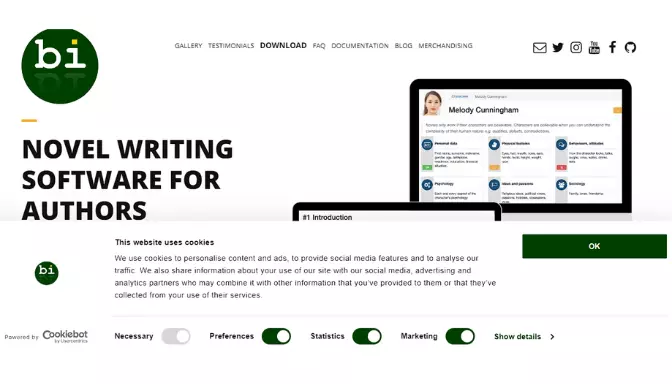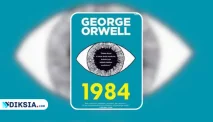Writing a logline or synopsis can help you to:
- Test your story idea and see if it works
- Clarify your story structure and direction
- Pitch your story to agents, publishers, or readers
bibisco helps you to write a logline or synopsis by providing you with a novel analysis tool. You can use it to review your novel structure, characters, locations, points of view, time, and chapters. You can also use it to export your novel in pdf, docx, or epub format.
Step 5: Structure your plot
Your plot is the sequence of events that make up your story. It is how you arrange and present your story elements to create a satisfying and coherent narrative. It is also how you build and release tension and suspense in your story.
To structure your plot effectively, you need to:
- Follow a basic plot structure, such as the three-act structure, the hero’s journey, or the snowflake method
- Divide your plot into chapters and scenes that move your story forward
- Use hooks, cliffhangers, twists, and surprises to keep your reader engaged
- Balance action, dialogue, description, exposition, and reflection in your scenes
- Show rather than tell what happens in your scenes
bibisco helps you to structure your plot by providing you with a chapter and scene management tool. You can use it to create, edit, move, and delete chapters and scenes. You can also use it to write with a fully-featured text editor in distraction-free mode.
Step 6: Pick a point of view
Your point of view is the perspective from which you tell your story. It determines who is narrating the story and how much they know and reveal. It also affects how you write your voice, tone, and style.
To pick a point of view for your novel, you need to:
- Choose between first person (I), second person (you), or third person (he/she/they)
- Choose between limited (one character’s thoughts and feelings) or omniscient (multiple characters’ thoughts and feelings)
- Choose between past tense (he said) or present tense (he says)
- Choose between reliable (trustworthy) or unreliable (untrustworthy) narrator
- Choose between single (one narrator throughout) or multiple (different narrators for different chapters or scenes) narrator
bibisco helps you to pick a point of view by providing you with a point of view analysis tool. You can use it to analyze the use of point of view in each chapter and scene. You can also use it to check for consistency and coherence in your narration.
Step 7: Choose a setting that benefits your story
Your setting is the time and place where your story takes place. It includes the historical period, the geographical location, the cultural context, the social environment, and the physical environment of your story.






